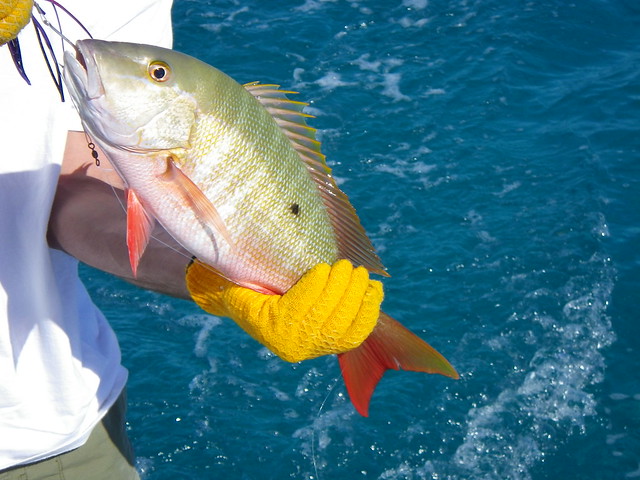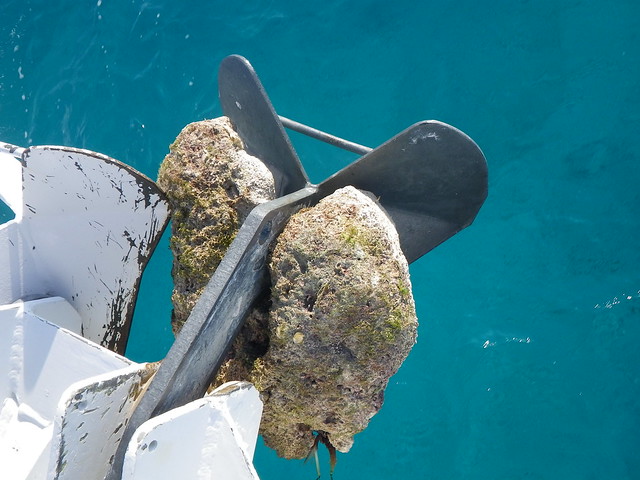You will often hear me say how satisfying it is to do things by hand. Homemade bread, for example, or binding the children’s schoolwork into books, hand-washing dishes, even washing the laundry by hand is very rewarding. Hard work, yes, but at the end of the day, I have something meaningful, or at least concrete, to show for my time and energy.
So it may come as some surprise when I say I am ready to retire the dynamic duo that make up my laundry system, Wonder Wash and Dyna-Jet. Move over, manual labor and make room for an electric machine. We are in the process of evaluating every system on the boat, now that we have put some miles under the keel and spent some time actively cruising. What works? What doesn’t? And what might change once we introduce a new baby? This last question prompts me to hang up the idea of hand-washing. I already spend the better part of three days a week washing, rinsing, wringing, hanging, and folding the family’s clothing and towels, and that’s with everyone wearing things until they’re actually dirty. How much extra time will it take to wash/hang diapers? And when exactly was I supposed to educate the crew? It’s time to reconsider the trade-offs.
The Wonder Wash serves as an agitator, and although the jury is still out on whether it is actually better than swishing stuff around in a bucket, the crank handle means you can be more methodical about the wash cycle, and that a small person can help with that chore. The Dyna-Jet is a hand-crank wringer attached to a bucket, and with one person feeding clothes through and cranking, another can be pulling, with the end result that most of the murky rinse water gets wrung out of the clothes so that they can be hung to dry in a reasonable amount of time. It has worked just fine, really, and I am pleased that our family of six can sustain the hand-washing for long periods of time. But Wonder Wash is beginning to wear out, Dyna-Jet is rusting, and we are still using an insane amount of human energy and fresh water to get clothes clean.
We are planning to replace these two simple machines with a Splendide, an Italian-made marine washer/dryer that will use, we think, about the same amount of water but get the clothes cleaner, and without ruining my hands. I am going to be busy enough with the extra attention a baby requires without the bother of hand-washing laundry. When we are in a marina, coin machines will probably still do the trick, but when we’re out and about, the Splendide will take over my old job. I’m looking forward to the break, and the children whose chore for the month is “Laundry Assistants” are pretty happy about a machine, too.
As long as it works as promised, the hardest job will be building new cabinetry to add an appliance, and finding storage space for items that will be displaced. We are likely to still hang the laundry and will only use the dryer sparingly, and when the generator is running. But like everything else in our live-aboard life, we have really learned to appreciate things that we always took for granted when we lived in a house.


